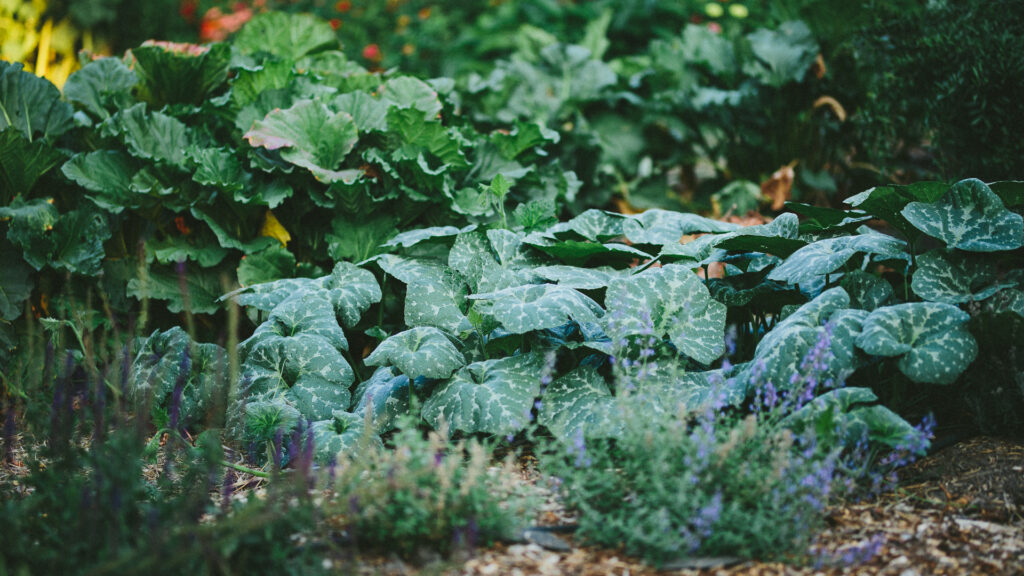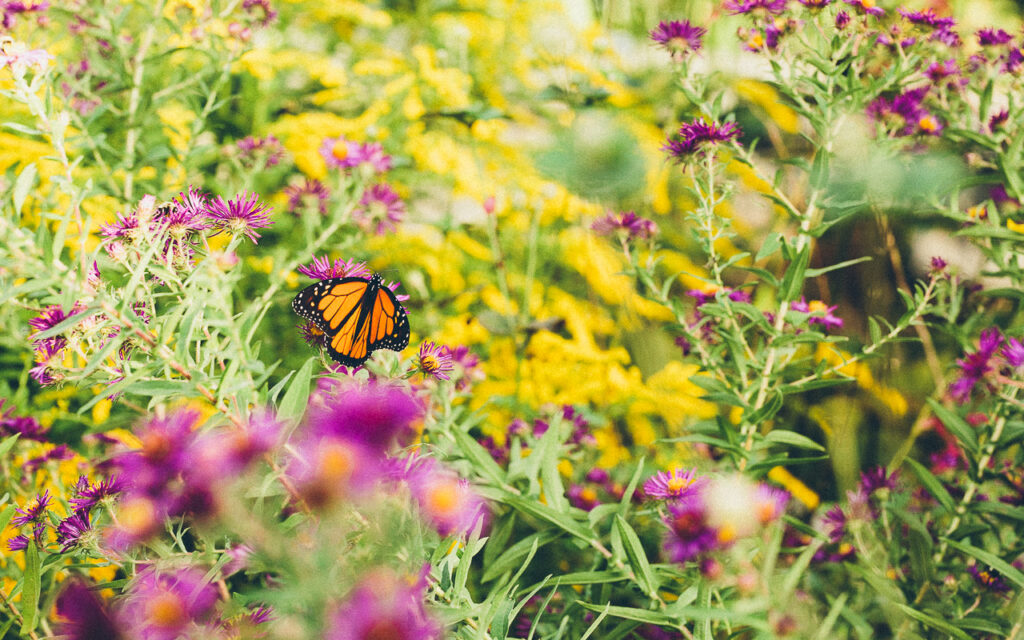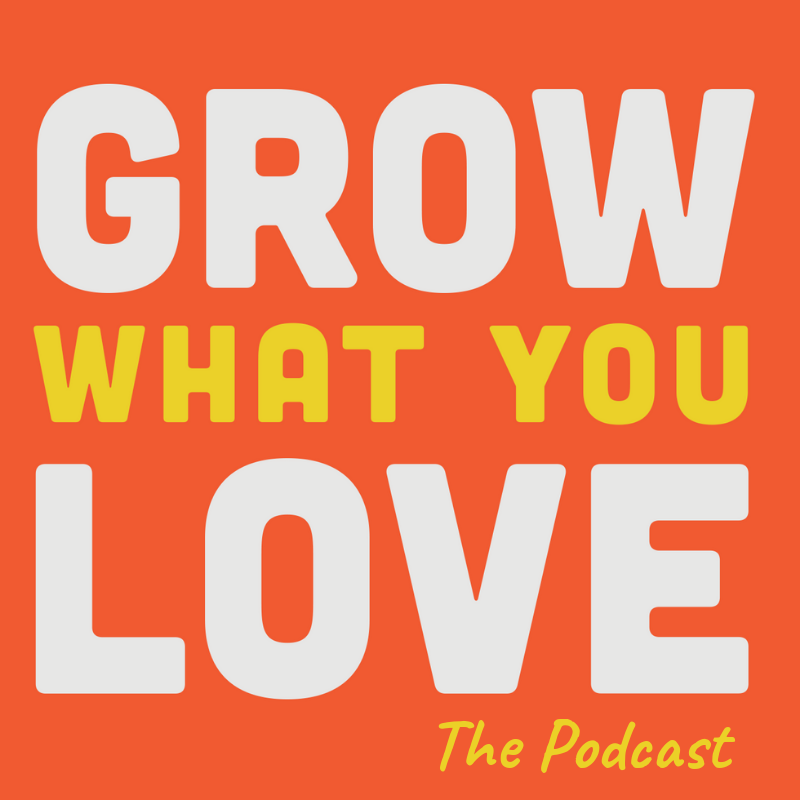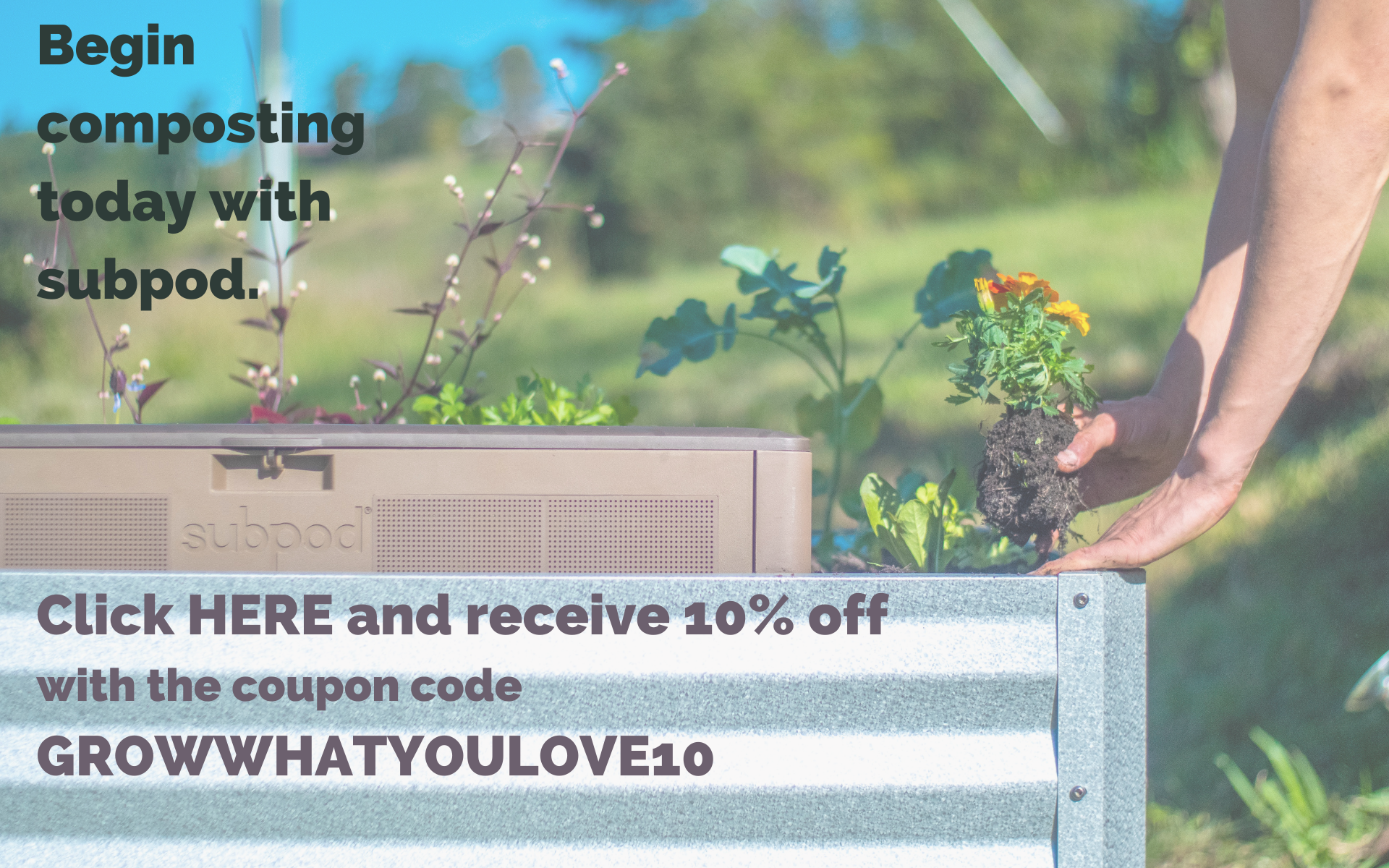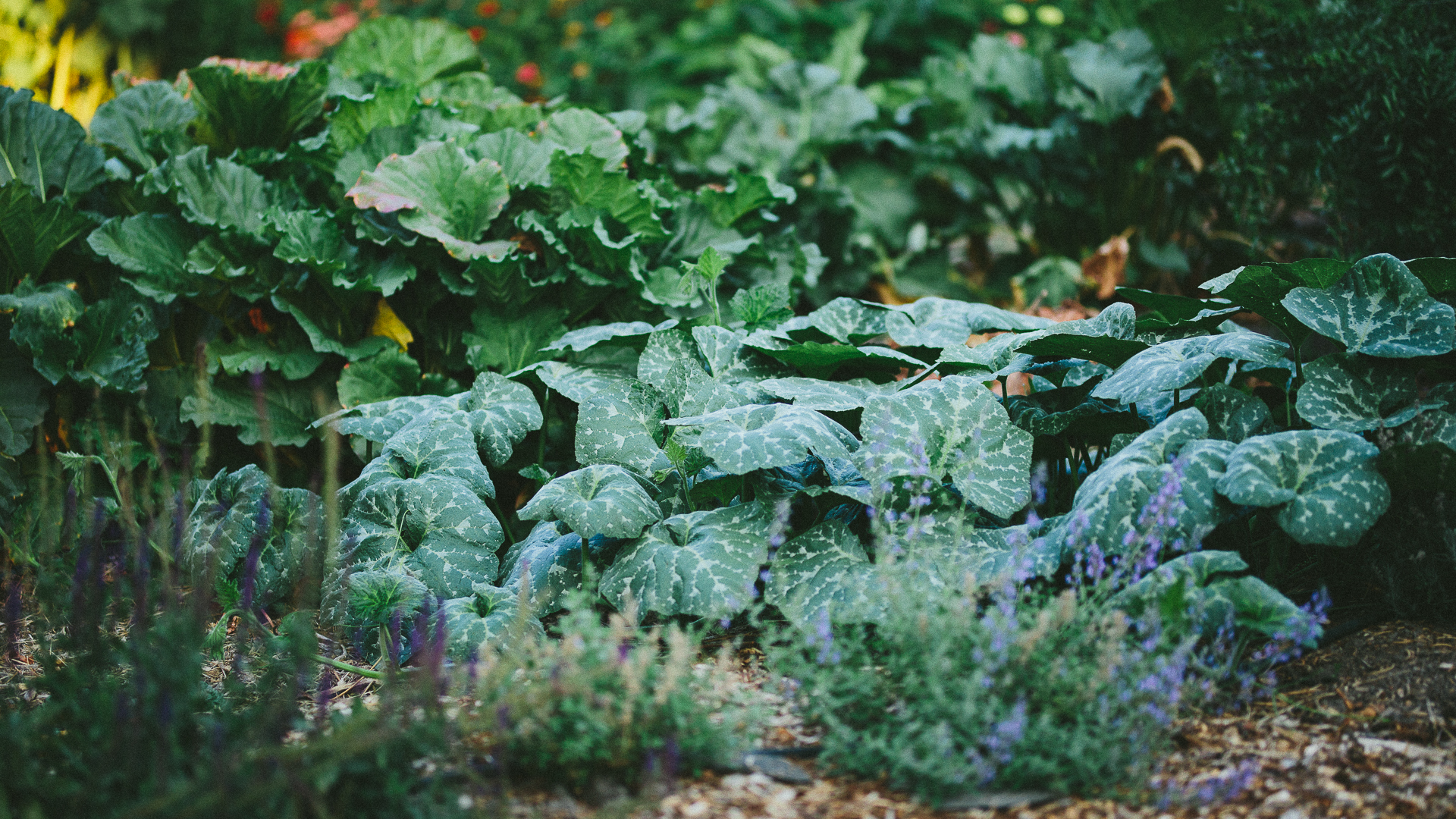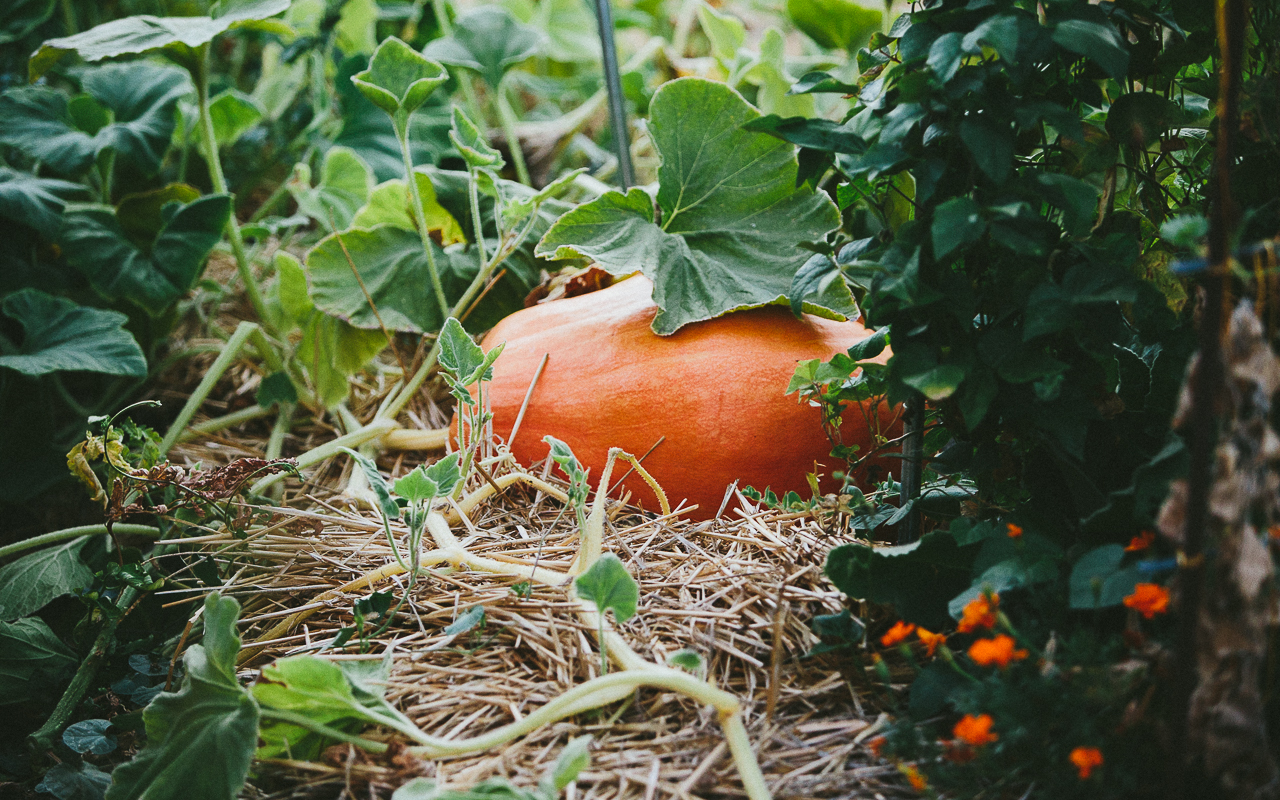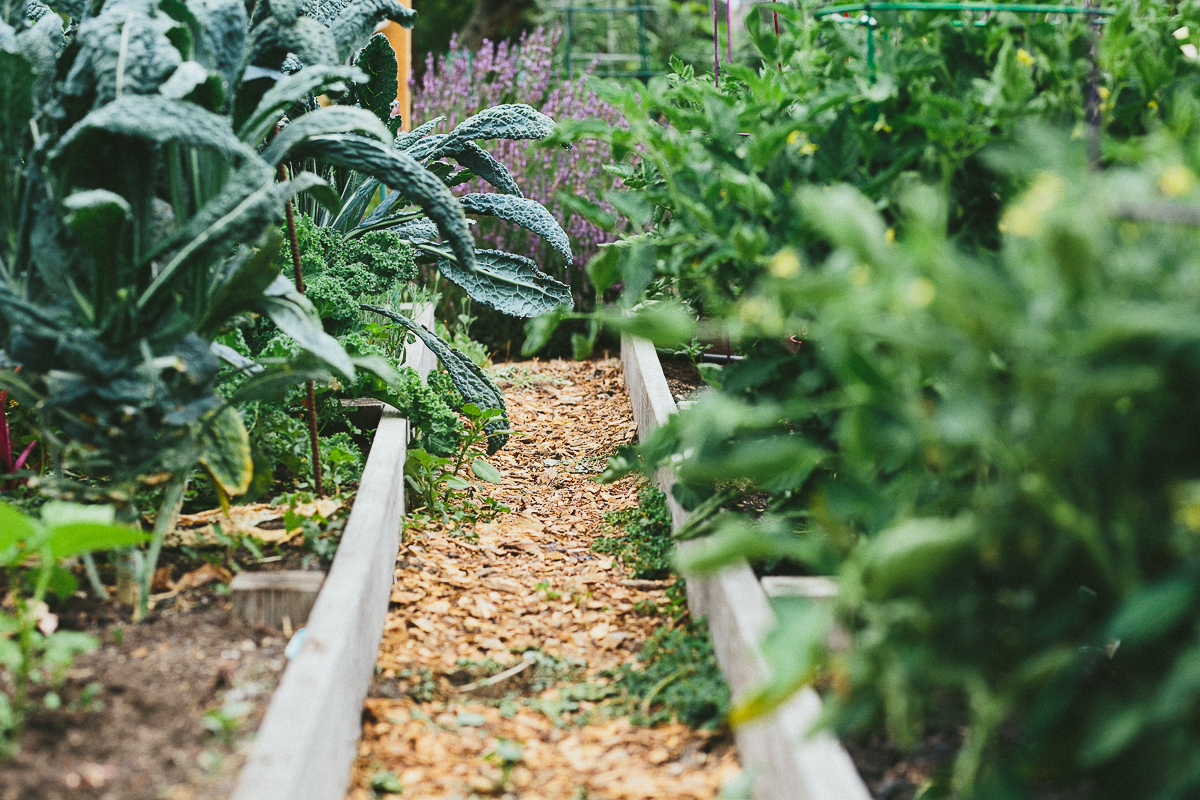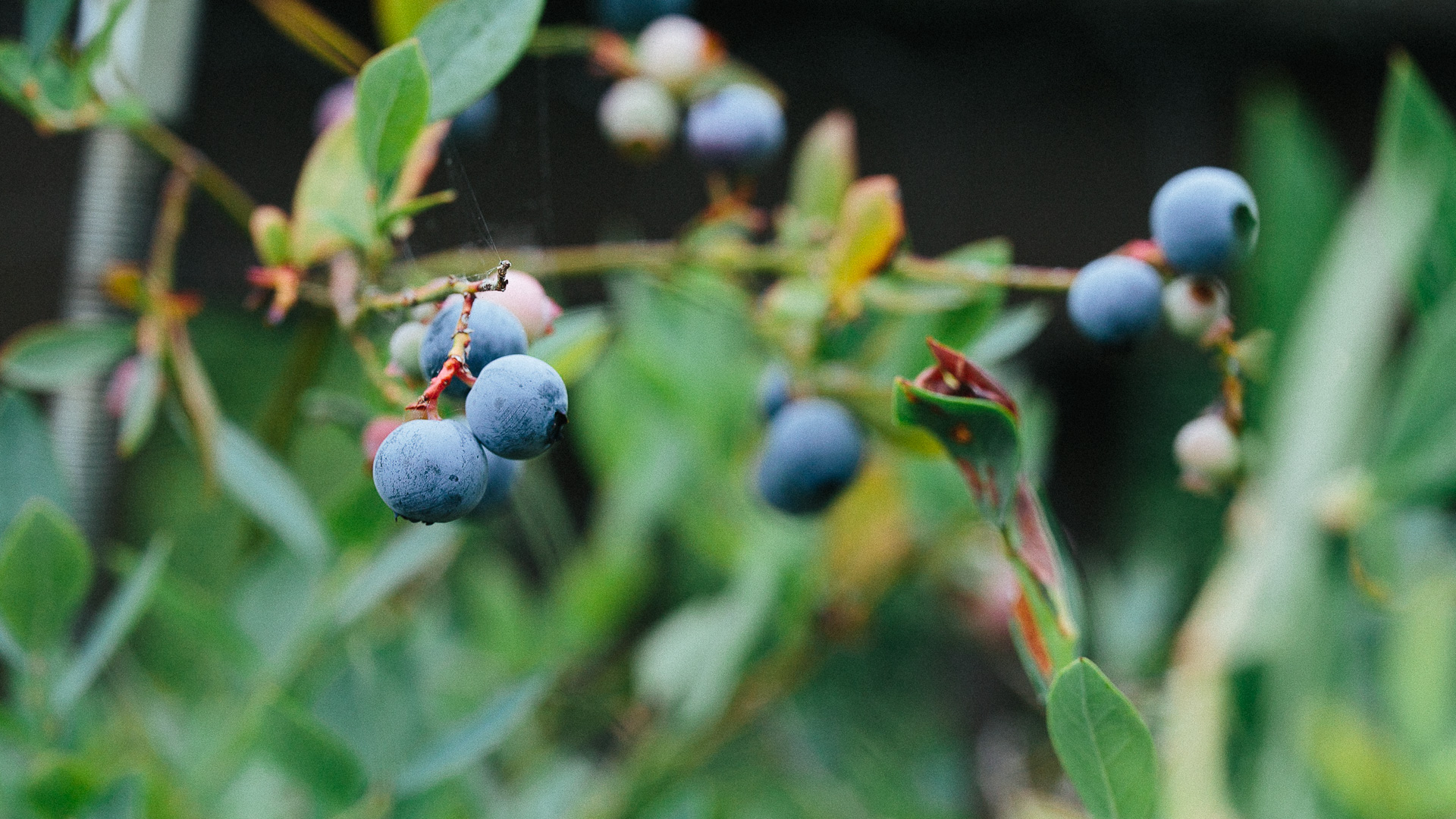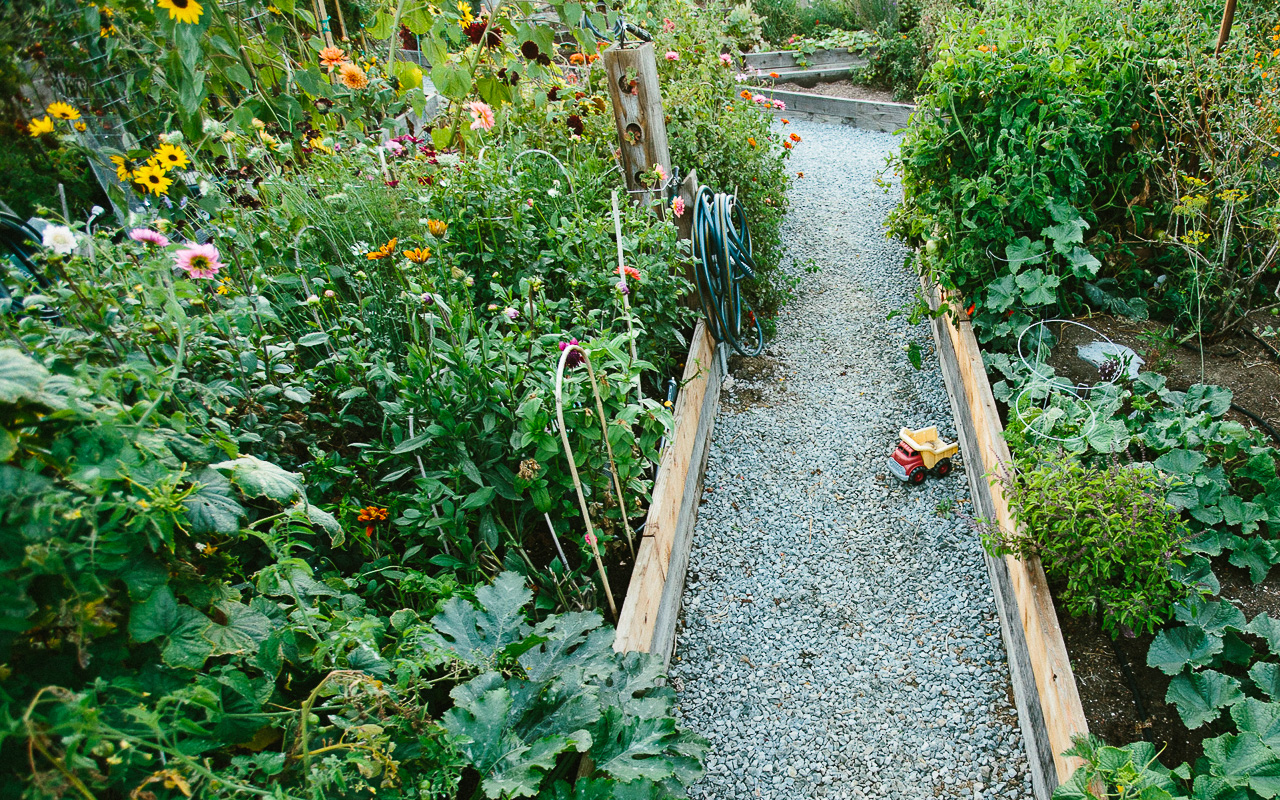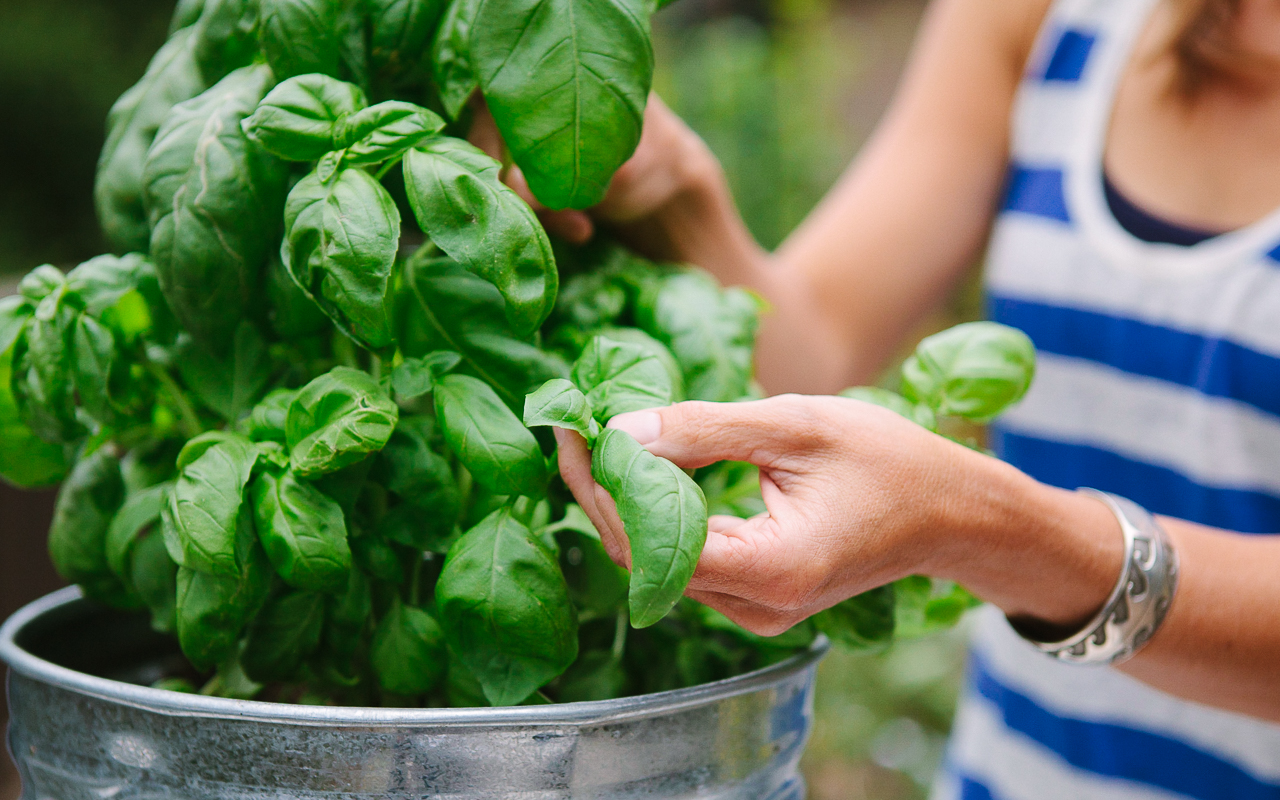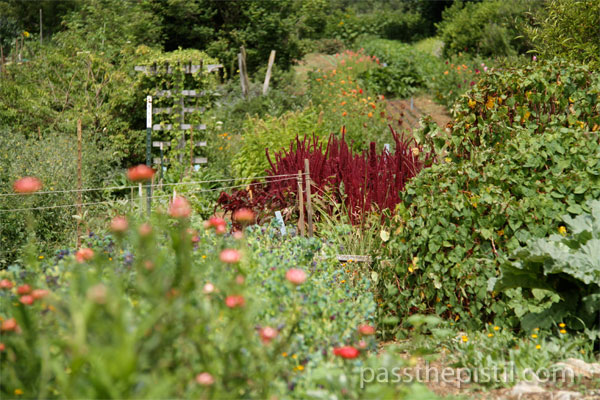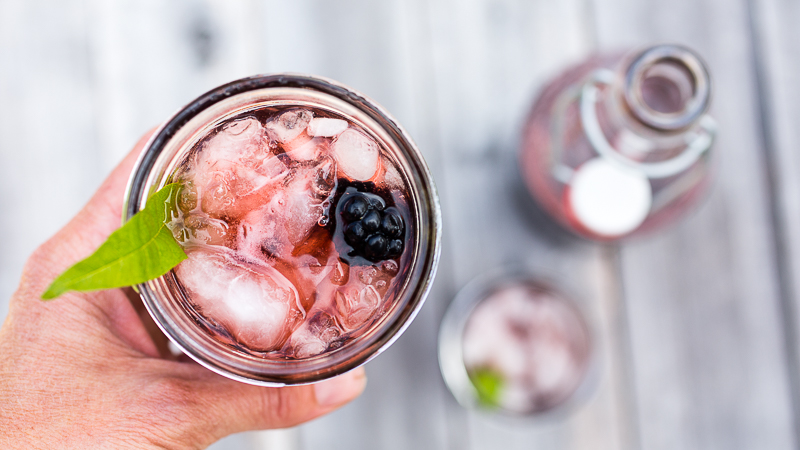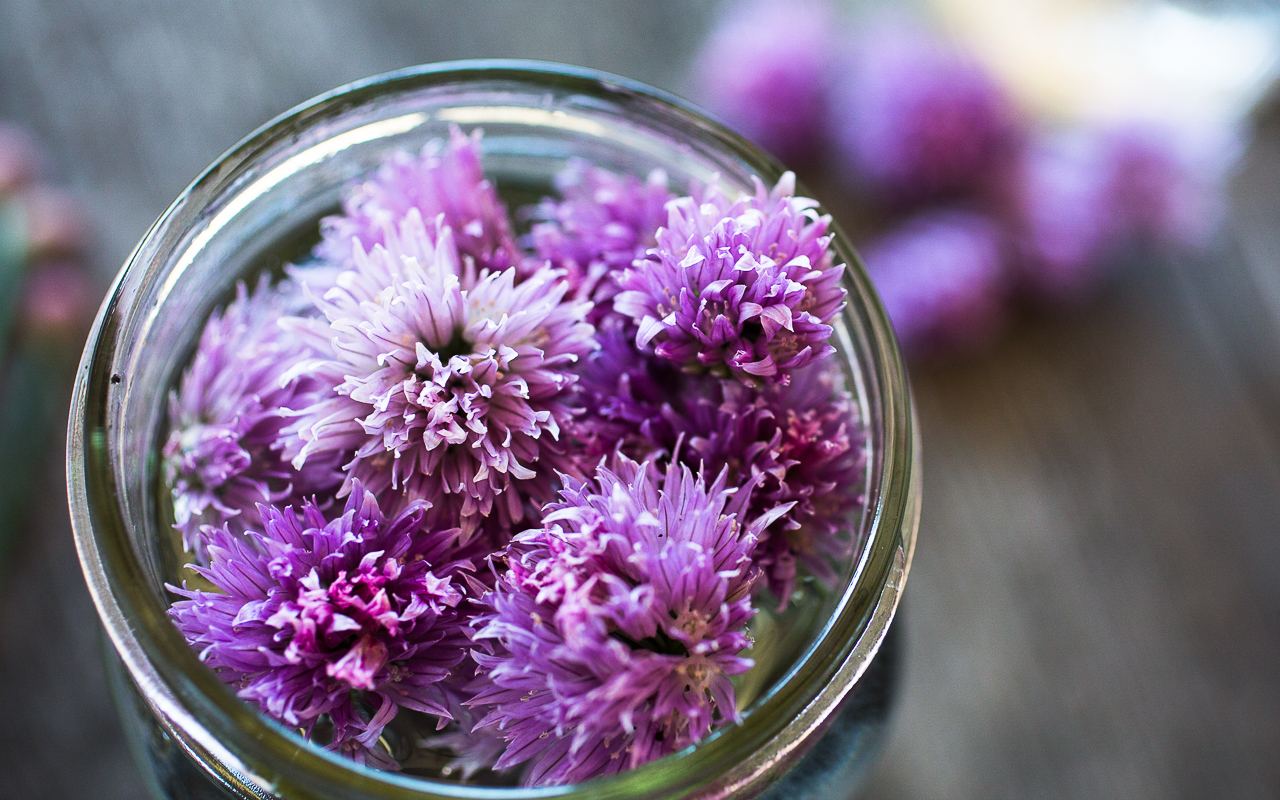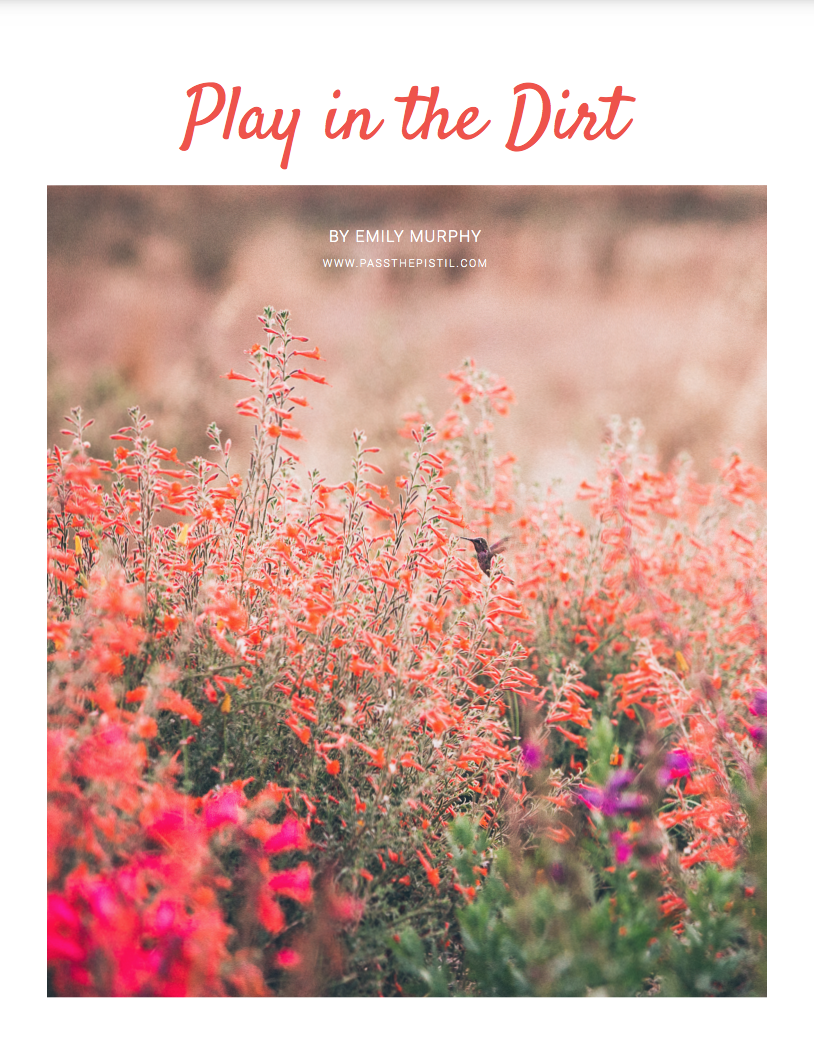Regenerative Gardening: A Primer for the Home Gardener
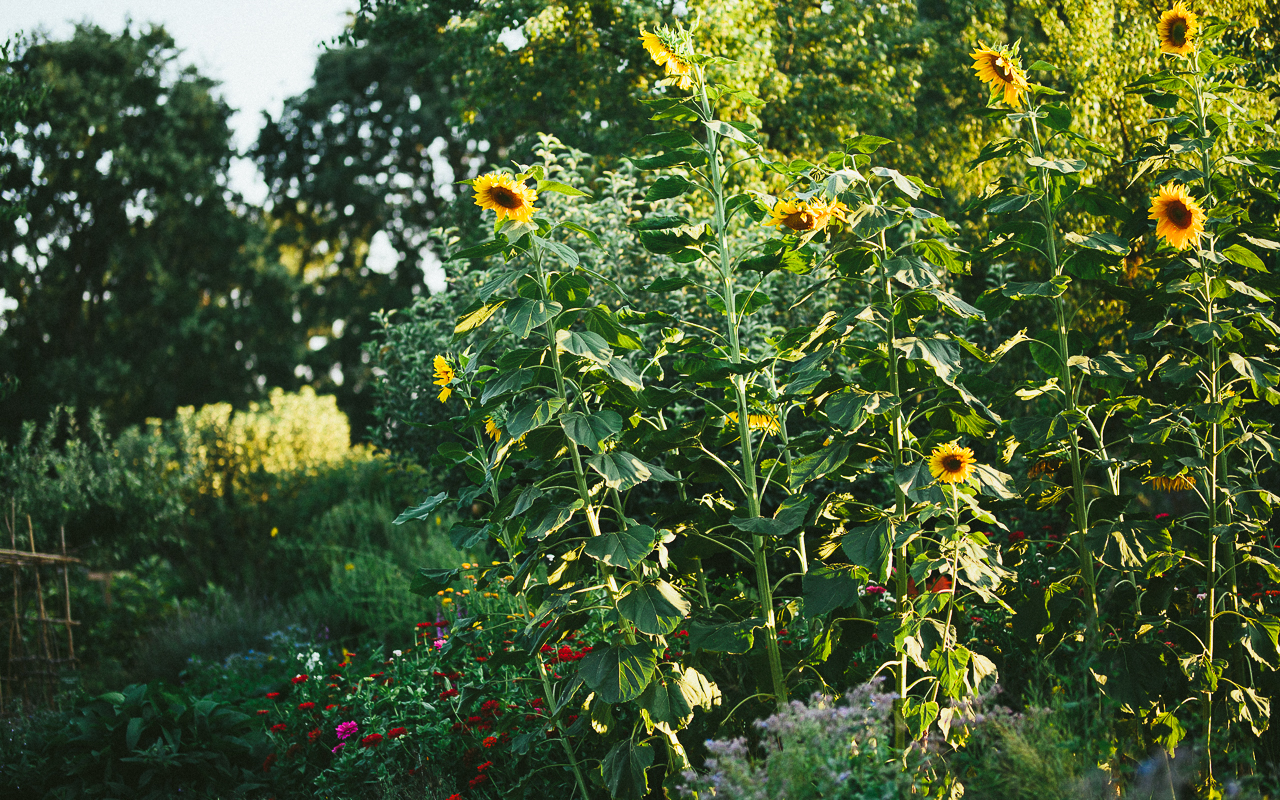
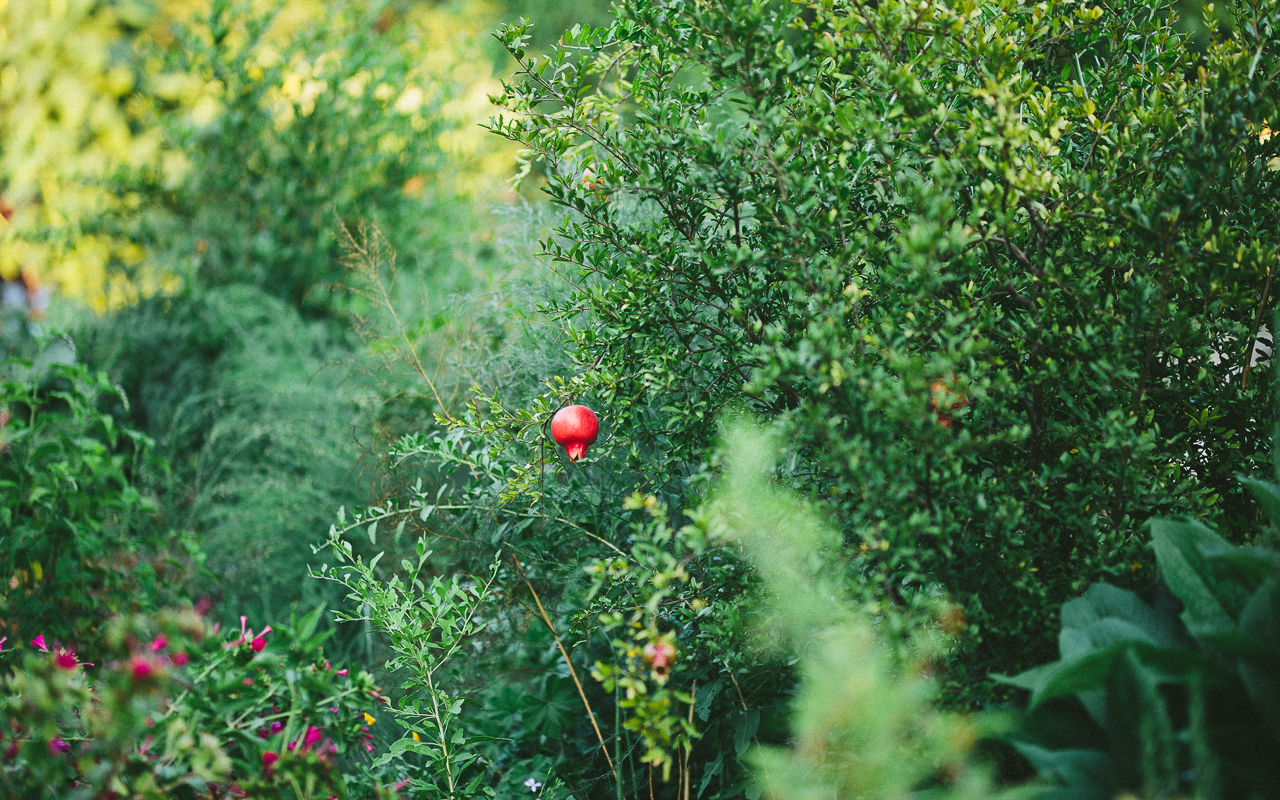
Photo by Emily Murphy
Are you a home gardener looking for a regenerative gardening primer? Or are you wondering what regenerative gardening is, anyway? Honestly, I think you’ll be surprised by how much you already know. It’s just a matter of revisiting the basics of ecology, food webs, and the effects of human activity on the environment (for better or worse).
Start by Approaching the Steps of Regenerative Gardening as Tiny Habits with Big Impact
I get it. The bills need to be paid, you have deadlines to meet, and groceries to get. Add to this list growing concerns about climate change and species extinction, and it can be tough to know how to tackle it all, let alone find the time.
But let’s back up for a minute and reframe the equation. There are some basic requirements to living a healthy life — like exercising, eating right, and smiling more. However, because of the extenuating circumstances of our time, we also need to go the extra mile – or extra garden. :) Regenerative, organic gardening is an accessible solution for addressing global concerns at home — every day — by playing in the dirt, planting seeds, and thinking like an ecosystem.
First, it’s important to remember that every garden, green space, park, and city block counts. According to the National Wildlife Federation, 1 million acres of wildlife habitat is lost to suburban development annually. We can restore ecosystems by restoring the spaces closest to home and giving nature room to breathe and do what it does best — grow!
That said, if you’re concerned about where you’ll find the time and energy to add one more thing to your life, I find it helps to start small and begin with a basic set of tenants that, when put into action, are tiny habits that create big impact.
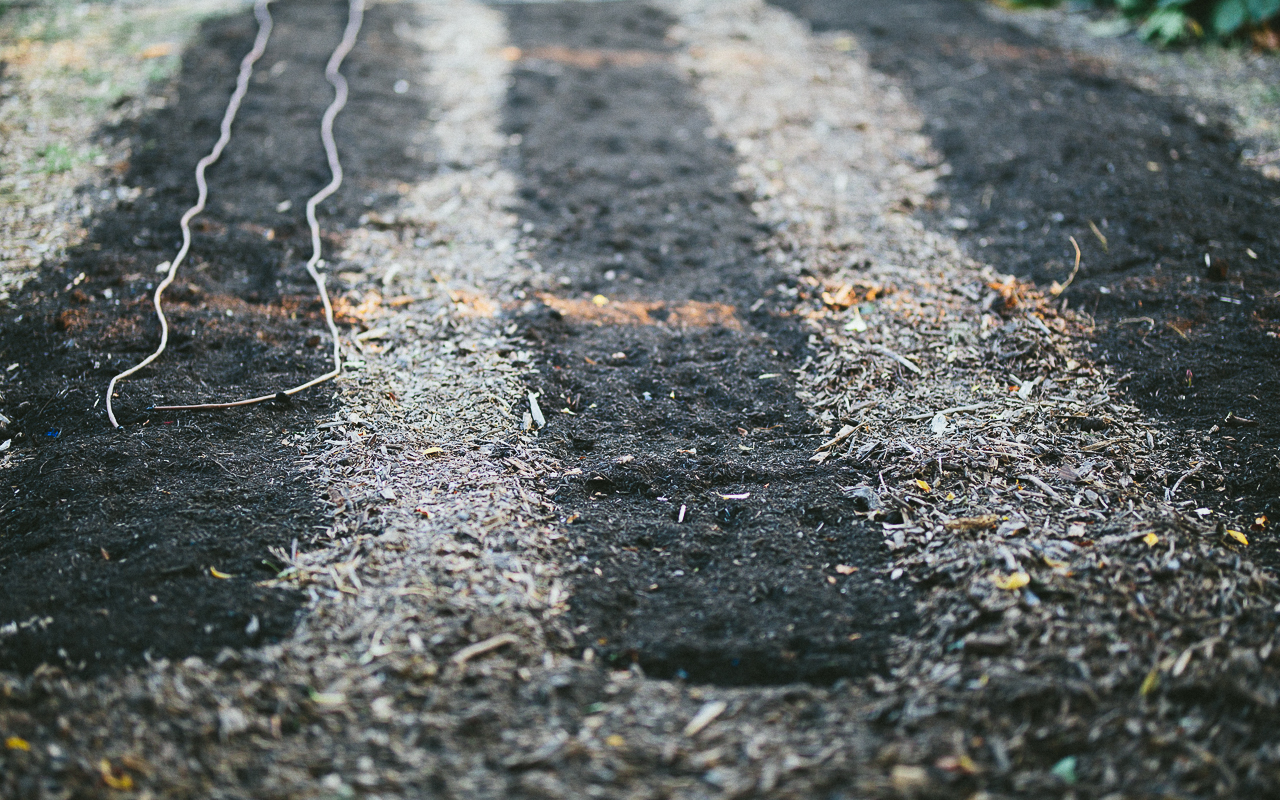
Photo by Emily Murphy
Next, Redefine Your Relationship with Soil
You’ve probably heard me say this before: soil is the heart of the garden. The healthier it is the better it is for your garden and you.
Read more about this in my 2nd book, GROW NOW, releasing in February of 2022. Look for pre-order updates.
What’s interesting, the microbes that inhabit the soil are much the same as the microbes that inhabit the “soil” of your gut. Through research, we know that, while we call ourselves human, we’re truly more microbe than human. In fact, our bodies contain more microbial genes than human genes!
Our evolutionary cohabitating, microbial partners help us make sense of the world, telling us who or what is friend or foe. This is identified through things like allergic reactions or, in a healthy body, the ability to navigate the world allergy-free because the diverse range of microbes in our guts transcodes the world around us like an internal telegraph machine.
Where am I going with all of this? The more biodiverse our greater environments, the more biodiverse our inner environments. When you take care of the earth beginning with your home plot, you’re immediately taking care of yourself. So, add regenerative gardening to your list of things to do to live a healthy life, like brushing your teeth and smiling more. :)
Basics of Regenerative Gardening
- Feed and protect the soil.
- Support and celebrate biodiversity.
- Increase environmental and community resiliency by working with nature and thinking like an ecosystem.
Regenerative Gardening: How it Works

Photo by Emily Murphy
7 Tennants of Regenerative, No-dig Gardening in a Nutshell
- Take care of soil first. Check it out. What’s its condition? Most likely, you need to…
- Top dress with compost.
- Take a no-dig approach.
- Get living roots in the ground.
- Plant natives and perennials.
- Plant with biodiversity in mind.
- Grow organically. Avoid using harmful pesticides, herbicides, and synthetic fertilizers.
- Think like an ecosystem. Everything is connected.
Regenerative Gardening Tennants in Action
Cover Ground. Apply compost and other carbon-rich materials to the soil surface to protect and feed it. Because remember, there’s a whole world beneath our feet. Think of it as an underground superhighway filled with bacteria, fungi, all sorts of other creatures plus plant roots. When we feed the soil, we’re feeding this system.
Practice no-dig gardening. No-dig gardening is a framework for disturbing the soil as little as possible and for protecting the underground superhighway.
Learn more about No-Dig Gardening.
Keep living roots in the ground. As you know, plants capture solar energy and convert it into carbohydrates that are the food of life. From here, they create a myriad of phytonutrients essential for growth and survival. They also send some of these sugars and phytonutrients down into the soil via their root systems to barter with soil microbes for hard-to-find moisture and soil nutrients. When we maintain living roots in the ground by growing ground covers, cover crops, and perennials with different rooting depths, we’re maintaining this relationship. And, as it turns out, this relationship is key to not only returning carbon to soil but storing it there as well.
(Look for my next book, releasing in early 2022, for more details on how this works.)
Grow a diversity of plants. Plants have co-evolved with animals and microbes from the beginning and each have unique and often highly specialized relationships. When we grow a diversity of plants, we inherently invite and foster biodiversity which leads to the resiliency of ecosystems.
Plant natives. Plants native to your region are the life support systems of animals such as essential pollinators that are, again, native to your region.
Don’t forget perennials. While many kitchen vegetables are annuals, it’s important to create space for perennials. Consider adding a perennial border comprised of plants of varying sizes and heights (because the root systems of plants are often a reflection of growth above ground). Or, swap your lawn for a perennial garden that’s filled with 50% or more native plants.
Grow organic. Pesticides, herbicides, and synthetic fertilizers kill indiscriminately and compromise biodiversity. So, the trick to managing issues such as a rush of aphids or cabbage worms is to foster soil, grow a diversity of plants, companion plant, and rely on barriers.
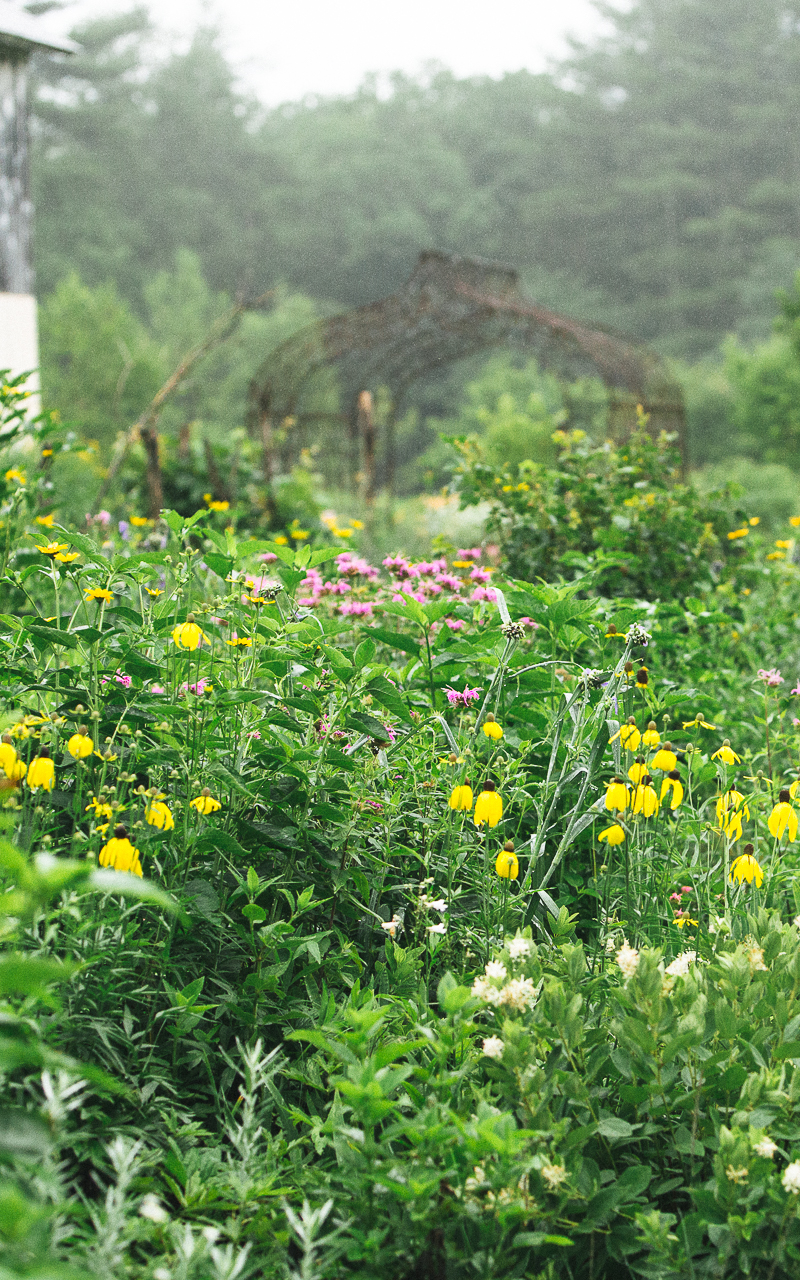
Photo by Emily Murphy taken in the garden of Todd Lynch of Ecotropy
Other articles you might enjoy:
Listen
Buy The Book
Special offers
Newsletter Signup
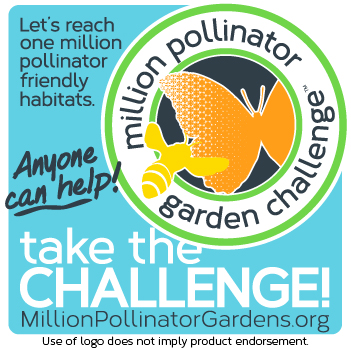
Archives
Disclosure
Pass The Pistil is a participant in the Amazon Services LLC Associates Program and other affiliate programs such as Etsy, affiliate advertising programs designed to provide a means for sites to earn fees by advertising and linking to curated affiliate sites.

